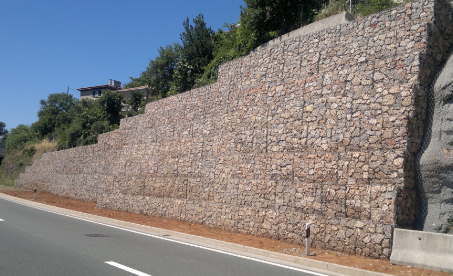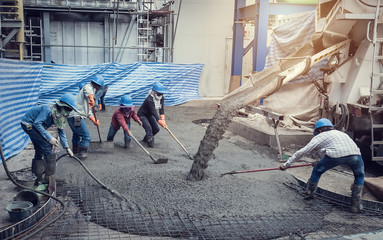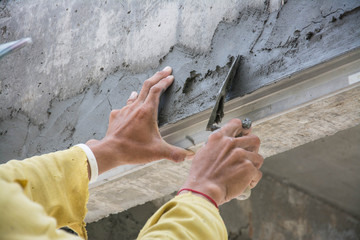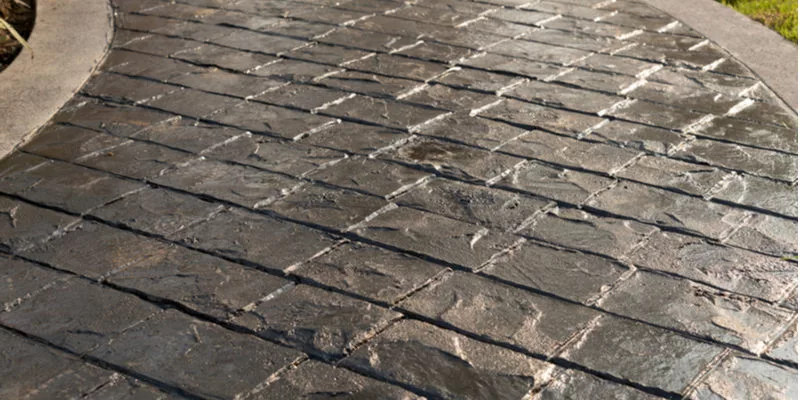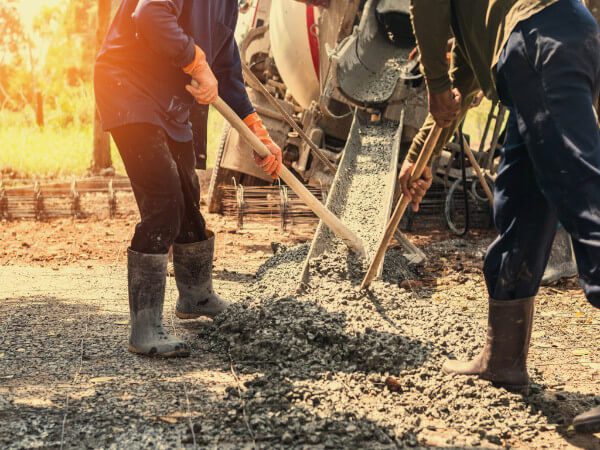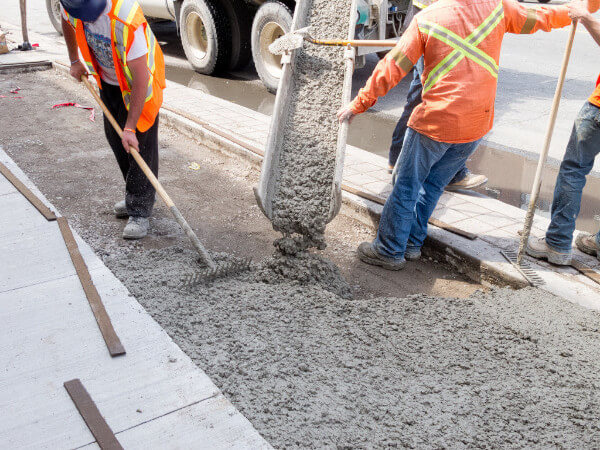Decorative concrete has been around since the early Twentieth century when artists and architects realized the potential of what this dark grey material could accomplish. The concrete is porous, meaning it can absorb the many different elements found in the surrounding environment. Because of this property, concrete can absorb liquids, solids, and other materials that might be placed into or on the material’s surface. Because of this property, concrete has become an excellent material for home construction. While this is true, decorative concrete should never replace the functionality of standard concrete, as these cosmetic enhancements merely complement and enhance the function instead of replacing it entirely.
Because decorative concrete floors are highly durable, they can withstand spills, high foot traffic, intense heat, frigid temperatures, chemicals, and many other conditions. Unlike other forms of flooring, this form of construction can withstand all types of weather changes, including heavy snow, high winds, rain, and even acidic mixtures present in acidic soil. Concrete Jacksonville FL can be formed into various exciting designs that add a unique architectural style to any home. In addition to its durability, the distinctive decorative concrete floors created today are weather resistant and very durable.
Because the concrete flooring is so versatile, many different decorative concrete finishes can be used on the floor after it has been poured. These finishes can be applied with a variety of tools depending on the look that one desires, whether it be a basic color like dark blue or a more intricate design like cobalt blue. A popular style is to use textured concrete floors which are flat in texture but have various sized bumps and striations in the pattern. This results in a unique visual effect that enhances the decorative qualities of a building rather than hiding them.
There are two primary styles of decorative concrete that are used to cover floors. The first is Portland cement. Portland cement is composed of a combination of coarse sand and water, as well as chemical additives that can add texture and stability to the Portland cement. Because it is primarily water based, Portland cement is ideal for providing a smooth and glossy surface.
The second style of decorative concrete that can be used is stamped concrete. Stamped concrete is made by using decorative concrete which is then imprinted using an abrasive material such as steel wool, paint, or even stone dust. The imprinted pattern on the surface of the stamped concrete acts like a stamp, creating a unique design. This design can either be a decorative pattern or design that coordinates with the existing architecture of the home. There are a variety of different textures that can be used to create the stamped concrete look, ranging from the coarse texture to the fine silvery or gold appearance. The textured Portland cement is then placed over the top of the imprinted pattern, creating a smooth and flat surface.
There are a variety of additional decorative concrete techniques that can be added to an existing plain concrete surface. One popular technique that is frequently used is using decorative concrete stamping. Using decorative concrete stamping to enhance the decorative concrete surface of a room in a home or office is a cost effective way to instantly make an area more interesting and visually appealing. When done properly, using decorative concrete stamping techniques will create a level of depth and design that cannot be achieved by simply using plain concrete. Using decorative concrete stamping techniques can be combined with many different other types of decorative concrete techniques to create a one of a kind look that will not only be unique, but also help create an additional level of comfort and uniqueness in the space.
One of the most common decorative concrete options is to use decorative concrete borders. Borders are used to simply add visual interest to an area, but there are a number of additional ways that borders can be used to enhance the look of a concrete surface. Using stamped concrete borders in your stamped concrete project will help create a smooth and flat surface that is visually appealing. In addition to helping to create a flat and level surface, stamped concrete borders can also help to add texture and depth to the space. Many businesses will install their own stamped concrete borders to save themselves the cost of having to rent or buy pre-fabricated borders. Stamped concrete borders can also be used to create the visual effect of detailed plaster by creating a layered effect between the stamped area and the area that are adjacent to it on the actual concrete.
Another option that can be considered when choosing decorative concrete options is polished concrete. Polished concrete provides an extremely sleek and modern look to any space that is completed with a stamped concrete surface. Because polished concrete has a smooth surface, there is no need to worry about areas becoming bumpy and uneven after walking on it. Polished concrete offers an excellent level of durability and can help to create an attractive and modernized appearance to any area.

